ENLYTE
2022 Mitchell Pharmacy Solutions Drug Trends Report
The State of Pharmacy Drug Trends in Workers' Comp Today
To provide the most accurate view of continued trends in pharmacy management, Enlyte analyzes drug utilization and spending trends in workers’ comp on an annual basis. This year’s series reflects on the trends our clients experienced in 2021, providing an overall picture of both in- and out-of-network prescriptions in a four-part series.
Part One: Evaluating Retail and Mail Order Prescriptions | Part Two: Evaluating In-Network and Out-Of-Network Trends | Part Three: Evaluating Opioids | Part Four: High Impact Drug Classes
Want Additional Insights Into This Report and Work Comp Drug Trends?
View our webinar, "Drug Trends Analysis: Navigating the Changing Pharmacy Landscape in Workers’ Compensation," on demand.
Part One: Evaluating Retail and Mail Order Prescriptions
The COVID outbreak created countless challenges that have continued to carry on through 2021 and now into 2022. The way we work has been influenced forever, and as such workers’ comp has seen a shift in claim volumes and in conjunction pharmacy trends in both retail and mail-order channels.

Overall prescription trends saw slight increases in 2021.

Drug Trends: Opioid Trends
Join Tom Kerr, Mitch Freeman and Nikki Wilson in a deeper dive of the annual drug trends report as they discuss the continued decline of opioid usage in 2021 even while other classes rose.
Drug Trends: Top 10 Therapeutic Classes
In 2021, 6 of the top 10 therapeutic classes experienced increased utilization. As part of our drug trends series, we’ll break out the categories with the biggest cost and utilization changes.
Part Two: Evaluating In-Network and Out-Of-Network Trends
This analysis features trends experienced within our combined in- and out-of-network channels to address the total view of prescription activity. From a percentage perspective, in-network still represents the majority with over 80% of the prescriptions filled, with out-of-network representing less than 20%, indicating pharmacy management programs continue to positively influence prescription utilization.



Drug Trends: Taking a Look at the Total View of the Top 10 Classes Part One
Join us for our continued discussion of the top therapeutic classes as we look at combined in-network and out-of-network data. In the first half of our discussion, we’ll focus on how declining opioid use has led to increases in utilization of other classes. To learn more, watch this video.
Drug Trends: Taking a Look at the Total View of the Top 10 Classes Part Two
In our continued discussion of the top therapeutic classes, we look at combined in-network and out-of-network data. In the second half of our discussion, we’re digging deeper into cost per script, scripts per claim, and cost per claim. To learn more, watch this video.
Part Three: Evaluating Opioids
Opioids continue to represent a decreasing proportion of overall scripts and costs, with favorable trends seen in important markers such as morphine equivalent dose (MED), duration of use, and access to guideline-supported measures including medication-assisted treatment (MAT) and overdose rescue medication (naloxone).

2021 Opioid Prescription Utilization and Cost Trends*
Opioid scripts dropped 1.3% and costs were down 3.2% from 2020. While opioids continue to decline as a percentage of total script volume and costs, it remains essential to promote evidence-based risk management strategies.
*The inclusion of out-of-network specialty HCPCS in the total script count and costs have adjusted the percentage of opioids previously reported in Drug Trends Part 2.

Examining Opioid Utilization Drug Trends Podcast
In our continued in-depth coverage, we are highlighting the opioid therapeutic class including the medications we see most often, and which represent the highest costs within the class. To hear more from Mitchell Pharmacy Solutions Director Nikki Wilson, check out the podcast.
Part Four: High Impact Drug Classes
Categories such as topicals, compound kits, combo packs, and specialty medications represent proportionately low utilization, however, they can be associated with exponentially higher costs. Recognizing the trends related to such cost drivers can help promote clinically-appropriate savings.


Taking a Deeper Dive into Pharmacy Cost Drivers
In our continued in-depth drug trends series, we’re evaluating drug categories such as topicals, compound kits, combo packs, and specialty medications, which represent proportionately low utilization, but can be associated with exponentially significant costs. In this Inside Workers’ Comp podcast, Nikki Wilson, Pharm.D./MBA, Senior Director, Clinical Product | Pharmacy Solutions takes a deeper dive into the data behind these high impact drug classes.
Navigate Next Now
Mitchell Pharmacy Solutions delivers the most complete PBM solution so that you, your team and your program can navigate next with success. What’s next for you?
